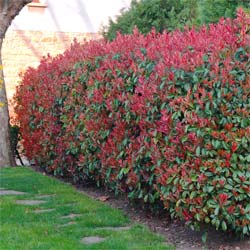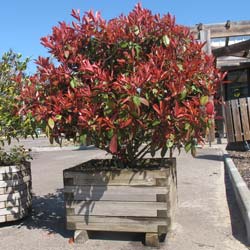- - TREES of EUROPE -
- - EXOTIC TREES -
- Alangium
- Alder Buckthorn
- Althea
- American Holly
- Andromeda
- Apricot tree
- Baccharis
- Baccharis
- Beautyberry
- Berberis
- Bird-of-Paradise Tree
- Black currant
- Bladdernut
- Bladder senna
- Bottle-brush
- Border border-forsythia
- Boxwood
- Buckthorn
- Butterfly Tree
- Camellia
- Cercidiphyllum
- Chionantha
- Chokeberry
- Clerodendron
- Coriaria myrtifolia
- Cotoneaster affinis
- Crepe myrtle
- Deutzia
- Dogwood
- Flowering Dogwood
- Pagoda Dogwood
- P. Dogwood variegated
- Elaeagnus
- Elder
- Euonymus
- Feltleaf feltleaf-ceanothus
- Garrya
- Glossy abelia
- Hazel
- Honeysuckle
- Hydrangea
- Juniper
- Katsura
- Kerria
- Kiwi Tree
- Kolkwitzia
- Lacquer Tree
- Laurestine
- Lilac
- Magnolia
- Mandarin orange
- Medlar
- Mexican Orange
- Myrtle luma
- Narrow leaved phillyrea
- Ninebark
- Oleander splendum gigantum
- Peach
- Persian Ironwood
- Photinia
- Pistachio
- Pittosporum
- Plum yew
- Pomegranate
- Quince
- Redclaws
- Red currant
- Scarlet Firethorn
- Sea Buckthorn
- Seringat
- Silverbell
- Smoke Tree
- Snowy Mespilus
- Spanish Broom
- Spirea
- Stachyurus
- Strawberry Tree
- Sweet shrub
- Tall Oregon Grape
- Trifoliate Orange
- Weigela
- Wintersweet
- Witch Hazel
- Xanthoceras
- Yellow Rhododendron
|
|
|
|

26,00 €
nursery Planfor![]()

51,85 €
nursery Planfor![]()

4,50 €
nursery Planfor![]()
· add to favorites ·
the autor · Contribution · Data policy
· Passions, Travels,
Poems,
La
Fontaine
Copyright© 2000 · 2024
Copyright© 2000 · 2024